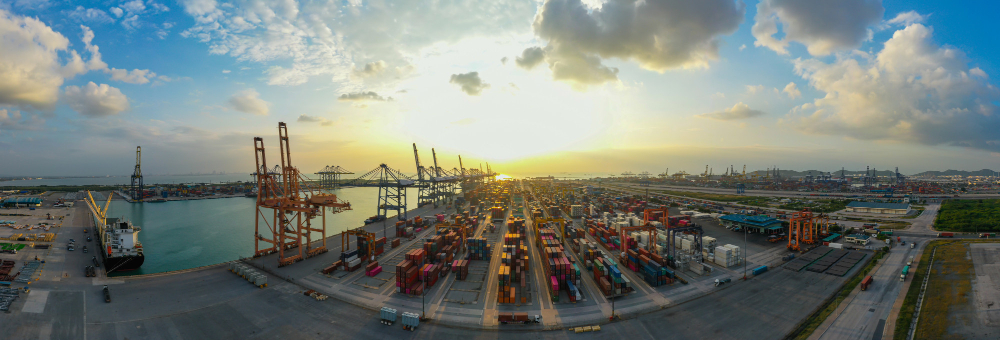Over the road (OTR) transport is a popular preference in the transportation sector. It is an efficient and quick method of shipping goods. In today’s time, consumers demand fast shipping. OTR transportation is a helpful mode of getting goods safely to their proper destination.
The Right Shipping Way:
In this article, we’ll see why OTR transportation is the correct shipping strategy for you.
Efficient And Reliable Transportation:
Freight professionals consider OTR transportation an efficient and reliable mode of transportation. We use road transportation for moving many everyday items. These products include groceries, produce, flowers, and other dry goods.
OTR is mainly used for transporting goods from a central location like a distribution center. The freight load is loaded onto trucks within a specific period shipped goods to their desired location. So, with very little time to waste, this mode of transportation gets goods to where they are needed.
Flexible Options:
If you want a flexible form of shipping for your cargo, you should look into OTR shipping. The transportation model offers flexibility in routes, load types, and timeframes. These advantages attract shippers who have specific instructions for shipping their freight.
Route flexibility means that drivers can bypass heavy traffic routes, challenging terrains, and other factors. Still, these routes are optimized using real-time GPS updates. Air and rail transportation are limited to set schedules and courses. At the same time, drivers can make appropriate decisions based on the road conditions. These in-time decisions can help shave off time from the shipment’s arrival.
The flexibility in load type means conveying any load quickly onto its final destination. This includes heavy machinery, construction materials, chemicals, and other items.
OTR also offers the most flexible time frame compared to air and rail shipments. An OTR transport can put together a load within a matter of hours or minutes. This allows businesses to make quick decisions to fulfill high demands promptly.
Inter-Connected Road Network:
In the U.S., there are 48 states which are accessible by land. This means transportation providers can effectively offer their services to cities, rural areas, and suburban areas. So, carriers can transport cargo between two neighboring locations reasonably quickly.
On longer routes, companies have to cater to additional factors. These factors include driver fatigue, state regulations, traffic conditions, and cargo size. Still, OTR transport coordinators efficiently plan around all these conditions to get your load safely to its end location.
Tracking Methods:
You can keep track of your shipment wherever it is. With the help of the right technology, you can keep an eye on the location of your shipments. Through this information, you can calculate the estimated arrival time. If you want to monitor your shipments on the go, then you should consider OTR transportation.
Dedicated Teams and Routes:
If you partner with a logistics company, they can optimize business routes according to your needs. So, you can enjoy custom routes and a fixed delivery schedule for your business. This process promotes a steady workflow of goods from the shippers to the consumers.
FAQs
Q- What does OTR and intermodal mean?
OTR transportation involves long-haul cargo movement over roads. Whereas intermodal refers to transportation using more than one mode of transportation. For example, usually trains and trucking vehicles are used.
Q- What is OTR drayage?
This is a relatively new way of handling logistics. It involves using multiple modes of transportation to get things from point A to B. These modes include railroad, OTR, and air. Different carriers collaborate to get the shipment in synchronization.
Conclusion:
If you’re looking for a reliable, flexible, and quick mode of transportation, then you should prefer OTR transportation.
Also Read: How was Blue Monday – feast or doldrums for retail?




